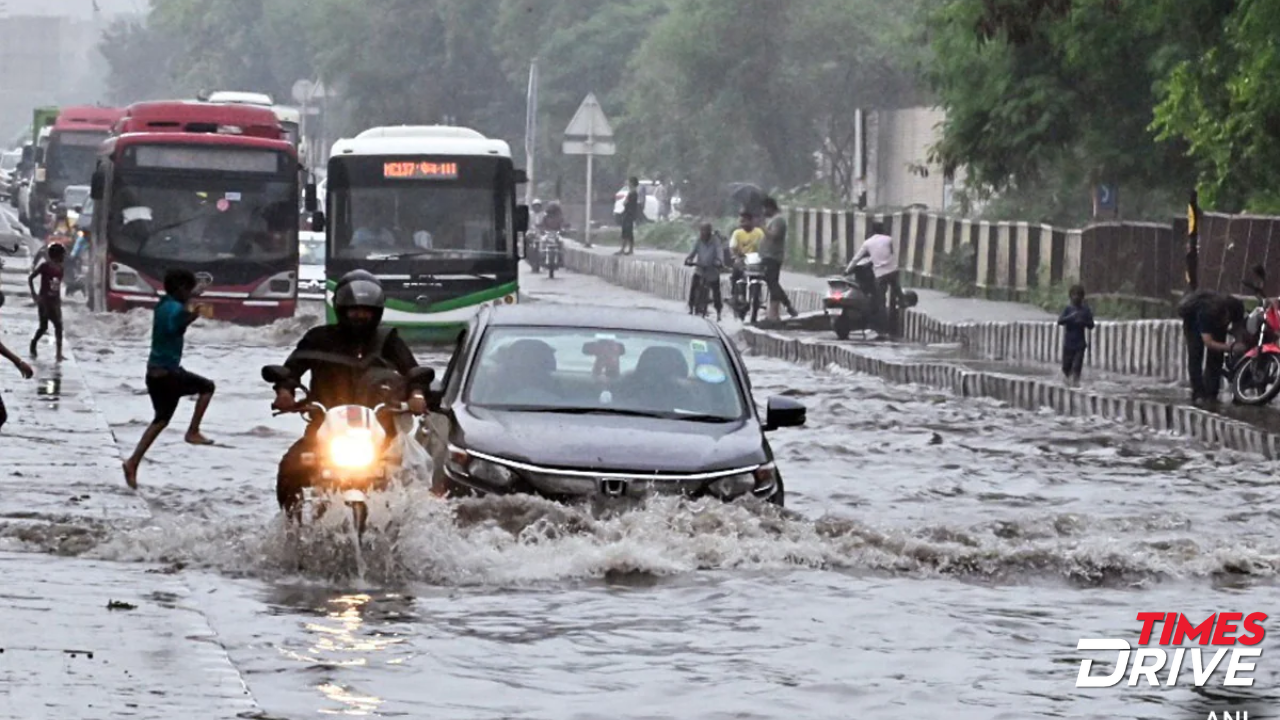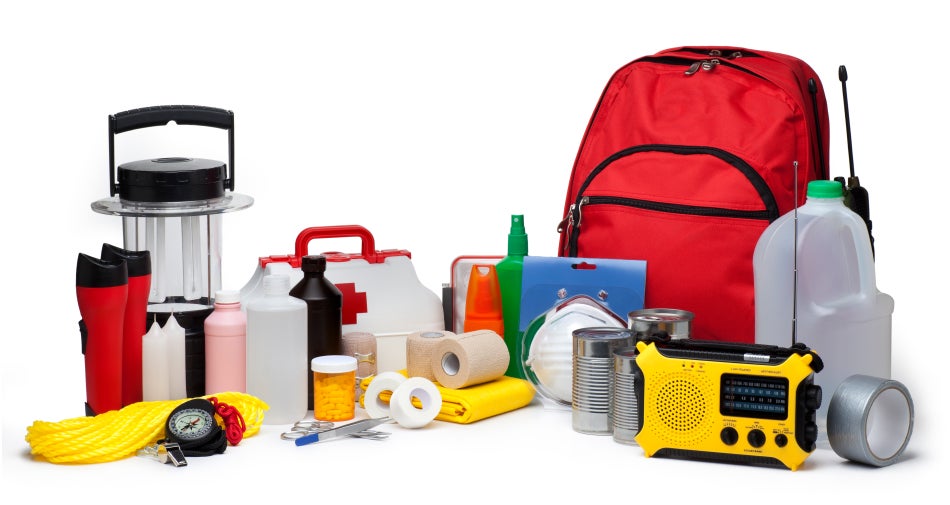The monsoon season brings much-needed relief from the scorching heat and replenishes our water sources, but it also poses several challenges, especially for drivers. Heavy rain and storms can create hazardous driving conditions, increasing the risk of accidents. To ensure your safety and the safety of others on the road, here are some essential tips for driving in heavy rain and storms during the monsoon season.
**1. **Check Your Vehicle: Before hitting the road, ensure your vehicle is in optimal condition. Check the brakes, tires, lights, and windshield wipers. Good visibility and responsive brakes are crucial for safe driving in the rain.
**2. **Reduce Speed: Slow down and maintain a safe distance from the vehicle in front of you. Wet roads reduce traction, making it harder to stop suddenly.
**3. **Turn on Headlights: Increase your visibility to other drivers by turning on your headlights, even during the daytime. Avoid using high beams as they can cause glare.
**4. **Use Defoggers: Rain can cause fogging on the windshield. Use the defogger and air conditioner to maintain clear visibility.
**5. **Avoid Waterlogged Areas: Steer clear of waterlogged or flooded areas. It's challenging to gauge the depth of standing water, and driving through it can damage your vehicle or stall the engine.
**6. **Beware of Aquaplaning: Aquaplaning occurs when your tires lose contact with the road due to water buildup. If you experience aquaplaning, avoid braking suddenly. Instead, gently ease off the accelerator and steer in the direction you want to go.
**7. **Stay Away from Puddles: Driving through puddles can splash water onto pedestrians or other vehicles. Be considerate and avoid puddles whenever possible.
**8. **Watch for Hydroplaning: Hydroplaning happens when a layer of water builds up between the road and your tires, causing loss of control. If this occurs, do not oversteer or brake harshly. Gradually ease off the accelerator and steer straight until you regain traction.
**9. **Be Cautious of Slippery Roads: Roads become extremely slippery during the initial rain, as oil and dirt rise to the surface. Drive cautiously during this time.
**10. **Keep an Emergency Kit: Carry an emergency kit in your vehicle that includes a flashlight, first-aid supplies, and other essentials.
**11. **Stay Updated on Weather Conditions: Before you begin your journey, check weather updates and road conditions. Avoid driving in severe storms or heavy downpours if possible.
**12. **Use Indicators: Use your indicators to signal lane changes or turns, as visibility might be reduced during heavy rain.
**13. **Stay Calm: Driving in adverse weather can be stressful, but it's essential to remain calm and focused on the road.
**14. **Do Not Overtake near Waterlogged Areas: Avoid overtaking other vehicles near waterlogged stretches as it may lead to accidents.
**15. **Wait Out the Storm: If the rain is too heavy or visibility is severely affected, consider waiting for the storm to pass before continuing your journey.
**Remember, Safety First**
During the monsoon season, road safety should be your top priority. By following these tips and adopting a cautious approach, you can minimize the risks associated with driving in heavy rain and storms. Be patient, alert, and considerate of other drivers, pedestrians, and road conditions. Together, let's make the roads safer during this monsoon season and enjoy the beauty of nature while prioritizing everyone's well-being.



No comments:
Post a Comment
Thank u very much for your valueable comment.